Hands-on, experiential learning builds creativity,
connection and the future workforce

ducation evolves to meet the needs of its citizenry, and NYSUT educators are helping lead the way by partnering with New York’s business community to provide students with the kind of 21st century skills that drive the state’s economy.
“Authentic learning looks different today than it did 10, or even five, years ago,” said NYSUT President Melinda Person. “Kids don’t need to sit down and memorize more facts for a test. They need to know how to think critically about the unlimited information at their fingertips. They need to understand how to work and play and collaborate creatively with their peers. They need training with the complex systems and equipment that they will encounter every day in the real world.”
This fall, Person hit the road and visited classrooms across the state, where students learn collaboration, problem solving and communication through hands-on and experiential learning programs.
At New Rochelle High School, Person met Scott Rubins, who uses faux crime scenes to teach his students real-world science and how to understand current events. Whether they are examining blood spatters, fingerprints or crime scene photos, his students learn to be meticulous analysts.
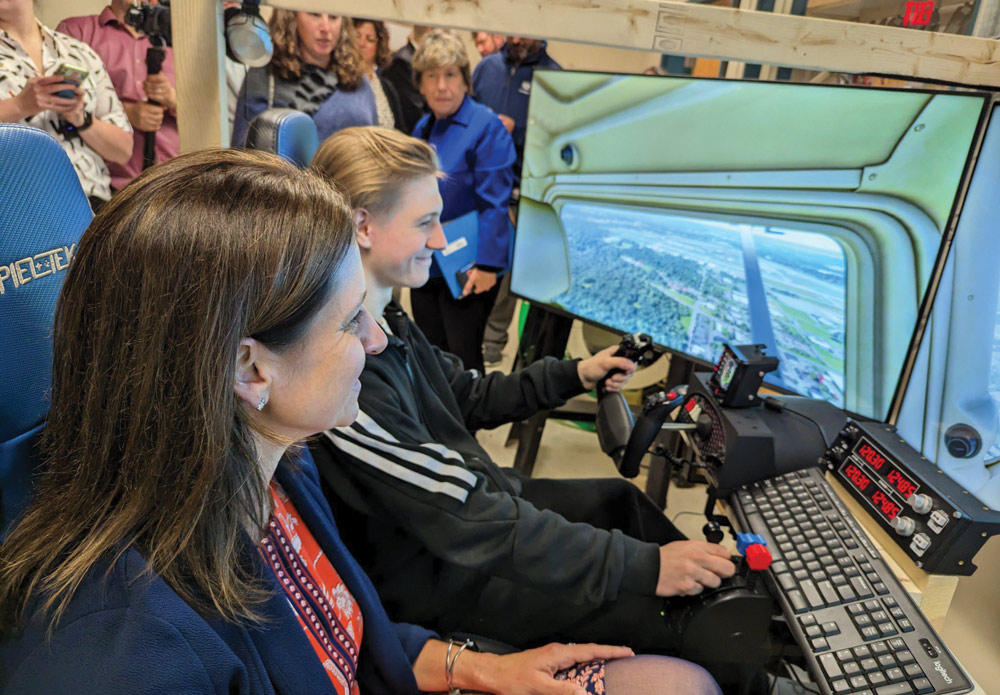

At Newburgh Free Academy, health science educator Linda Romano built a replica of a hospital floor, where her students train to become Certified Nursing Assistants. The program is a three-year pathway that typically begins sophomore year and includes 108 clinical hours in a health care setting. Upon completion, students are ready to get certified and take jobs in a growing field. “The program benefits patients. It benefits employers and, of course, it benefits students because you give them a direction and a career, which hopefully they stay with for a good, long time,” she said.
At Chittenango High School, STEM teacher David Chizzonite teaches his students how to design, build and operate robots, tech-heavy projects that require students to learn mechanical design software, write thousands of lines of code, and fabricate tools like pneumatic wings and catapulting arms. Students also become adept at problem solving, strategic thinking, and situation analysis — all competencies that will serve them well in a variety of technology fields, he said. “Necessity drives all our learning here,” Chizzonite said.
NYSUT continues to tout the importance of experiential education — not just because it helps students secure good jobs, but also because it engages students, boosting attendance and overall academic performance.
“This type of hands-on learning reaches students in a way that other learning may not,” said Person.
Innovative, experiential learning can also propel our economy forward, attracting new industries who know a skilled workforce awaits them in New York.
Hands-on, experiential learning takes many forms.
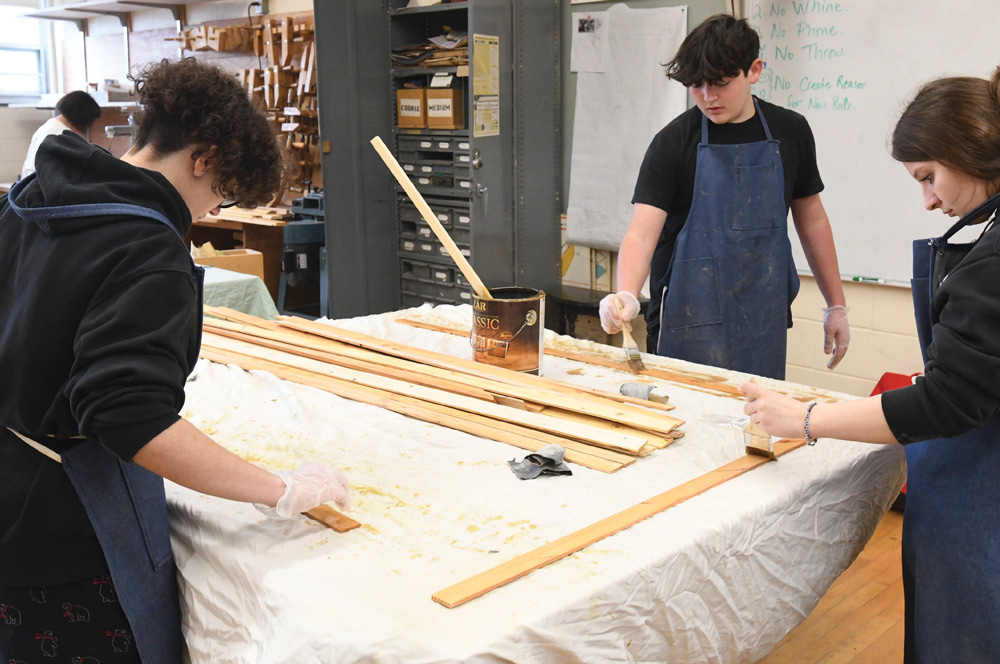
Light construction
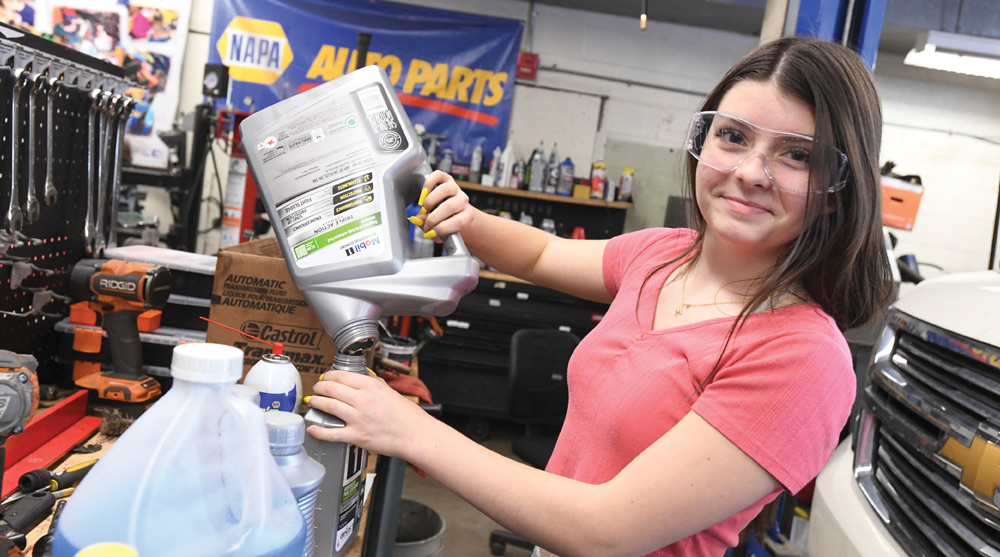
Automotive technology
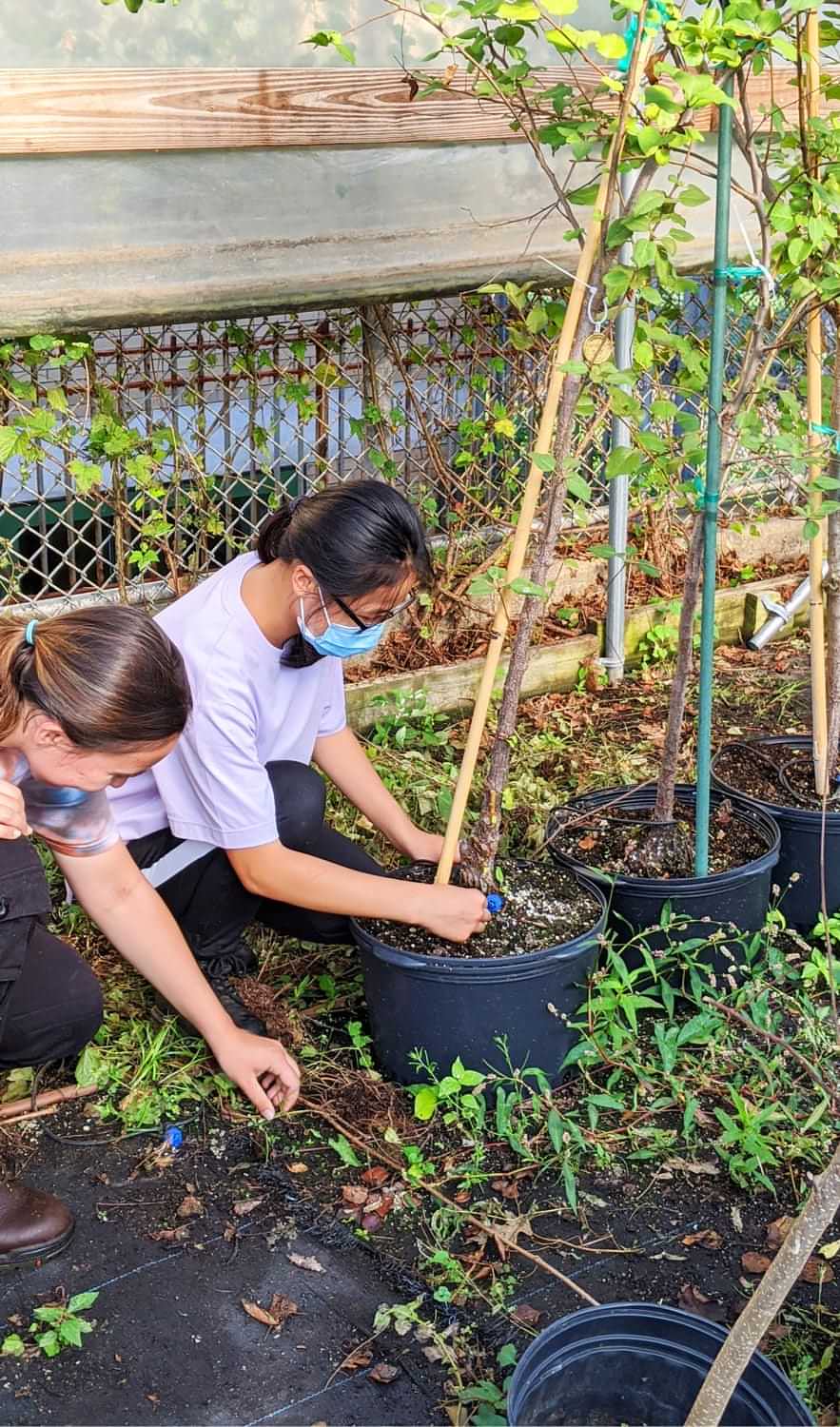
Agricultural studies
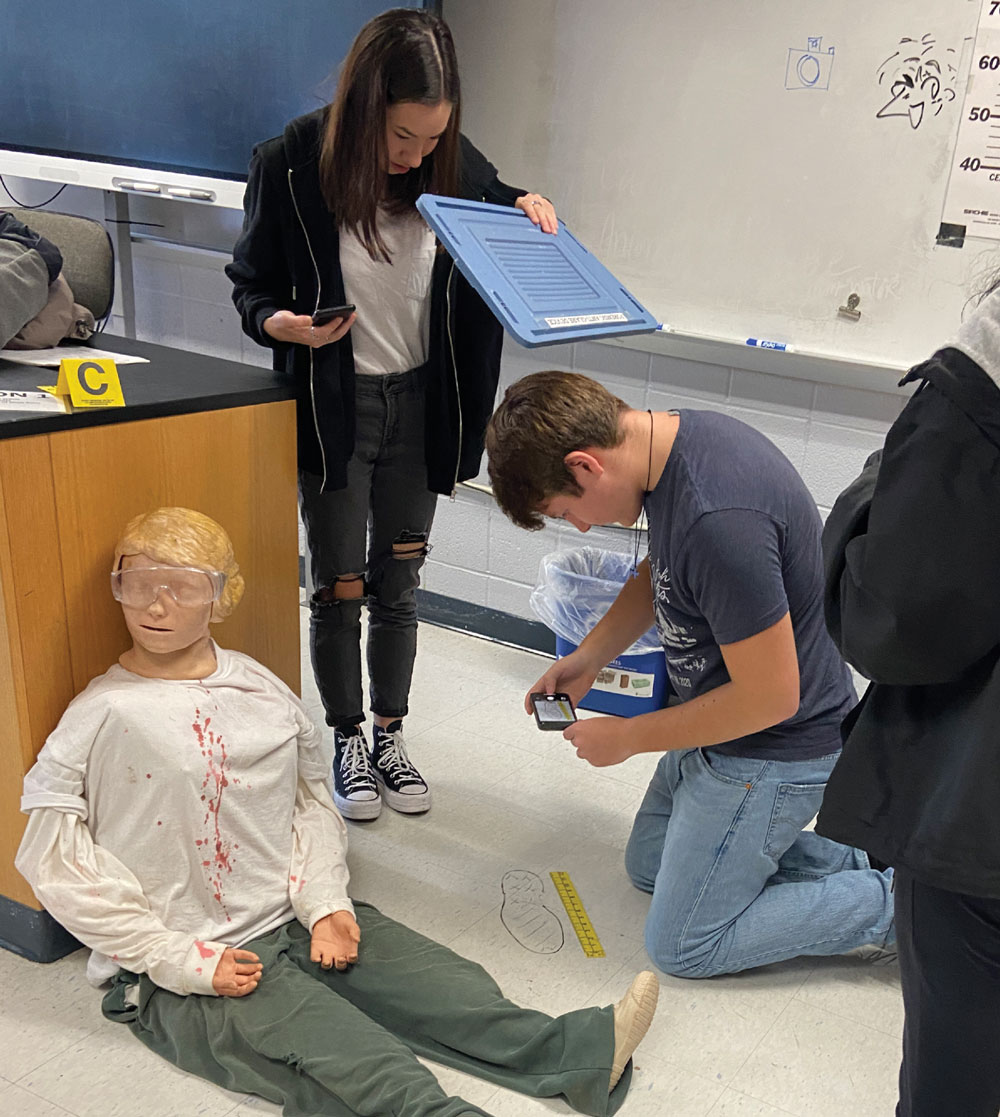
Forensic science
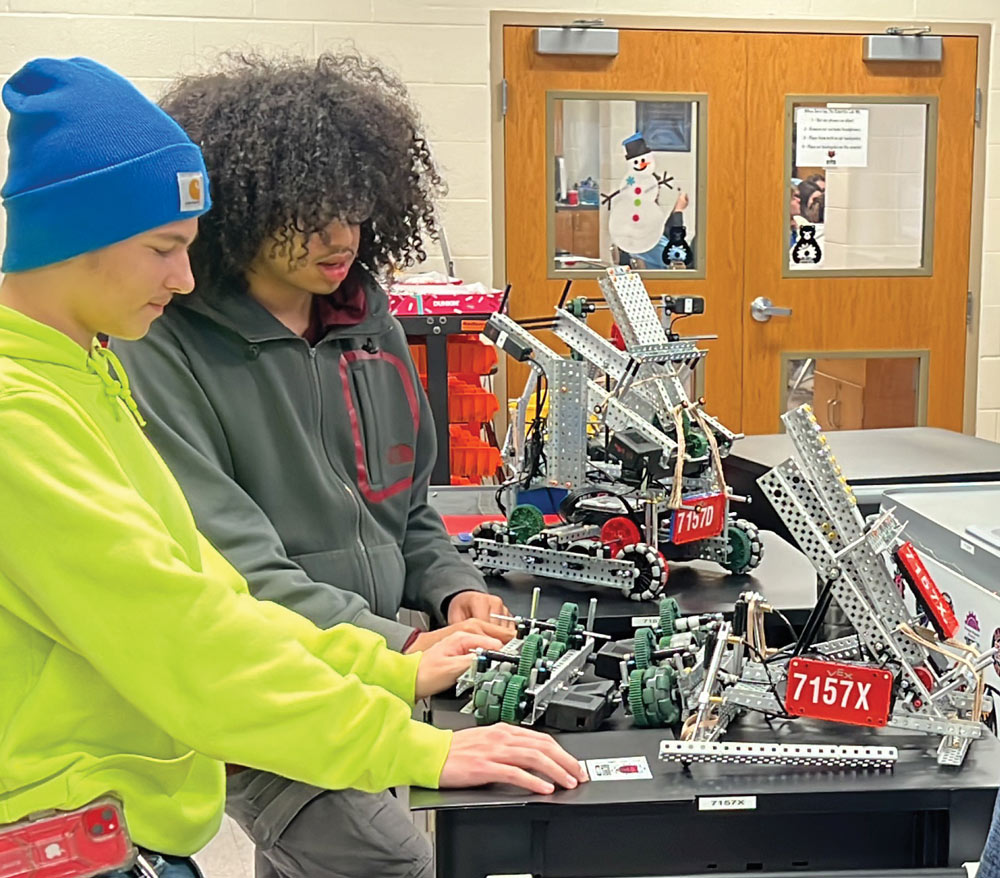
Engineering and robotics

In December, Micron Technology broke ground at the new $74 million Syracuse Science, Technology, Engineering, Arts and Math High School, located in the formerly vacant Central Tech School building in downtown Syracuse. The global leader in semiconductors announced it will construct the world’s largest chip fab plant near Syracuse and the new high school is one component of the company’s billion-dollar investment in training the workforce of tomorrow.
“This is more than a school, this is a workforce development laboratory,” explained Onondaga County Executive Ryan McMahon.
Despite its proven benefits, experiential, hands-on learning is still not available to many students across the state. In fact, demand far outstrips supply.
Student enrollment in NYS CTE programs tops out at 270,083, but there are just 6,740 CTE instructors to meet that need.
To remedy that, NYSUT members across the state have lobbied for more funding for CTE at the New York state Capitol and asked state lawmakers to lift a decades-old cap that limits state support for instructor salaries. Lobbyists also advocated for a scholarship and loan forgiveness program that would reduce expenses related to teacher education.
Education advocates are also calling for systemic changes that would allow educators to put hands-on learning front and center in their curriculum. Reducing our overreliance on testing and creating alternative pathways to graduation that both support students entering the workforce and those pursuing higher education is critical to delivering a 21st century education.
“These recommendations recognize what educators know so well: That each of our students is a unique learner with talents, skills and aspirations that should be fully explored and nurtured on their way to graduation,” said Person.
More Teaching Less Testing
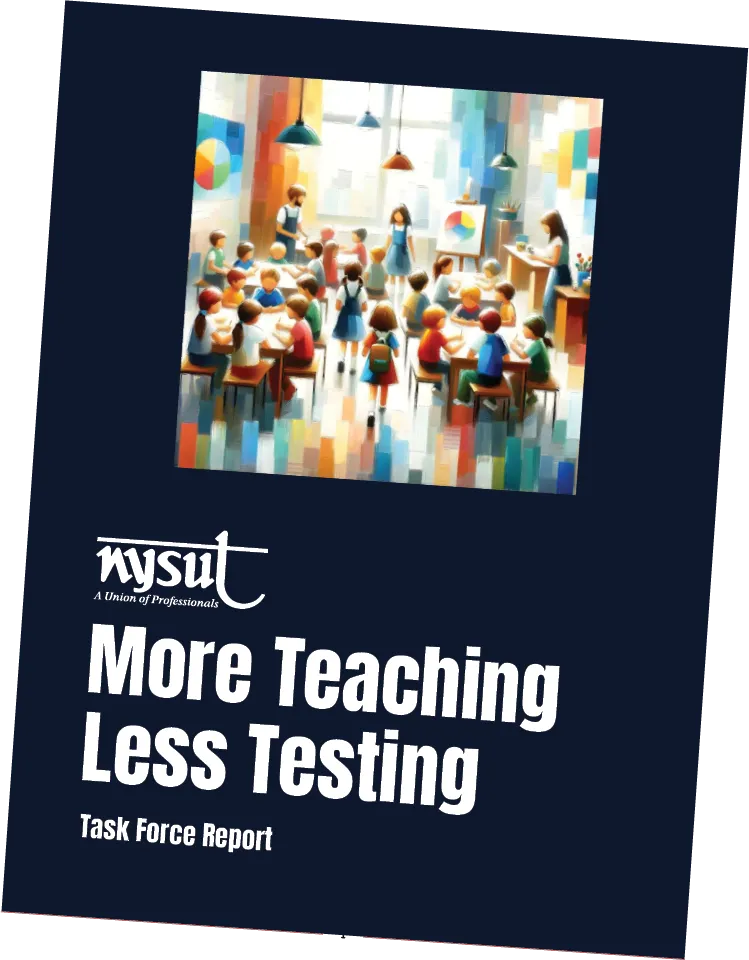
Developed by a group of 65 experienced teachers, School-Related Professionals and higher education faculty, including 19 New York State Teachers of the Year, the More Teaching Less Testing Task Force Report recommendations maintain and promote New York’s high educational standards while fostering a love of learning among students. To read the full report, visit PublicSchoolsUniteUs.org/MTLT.